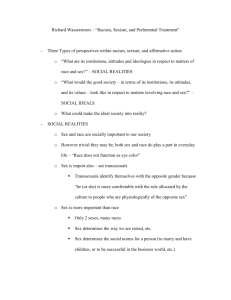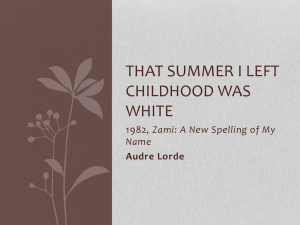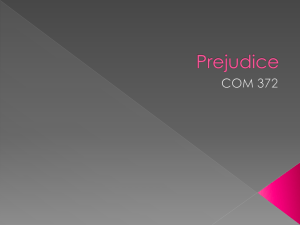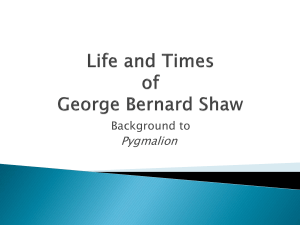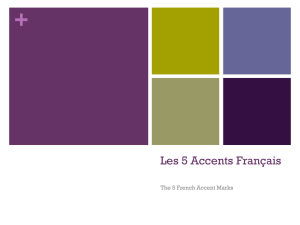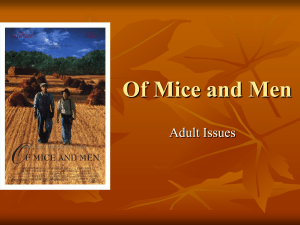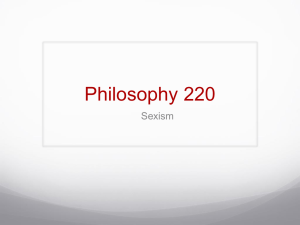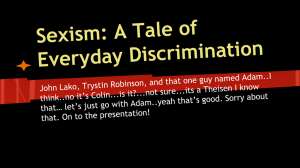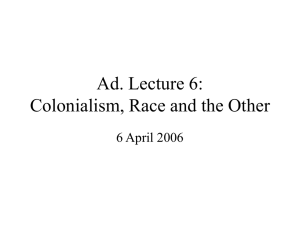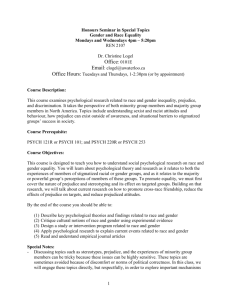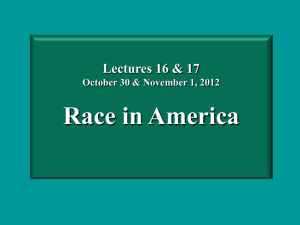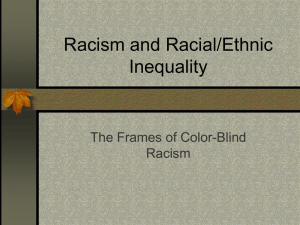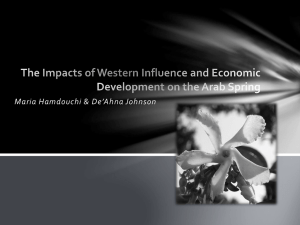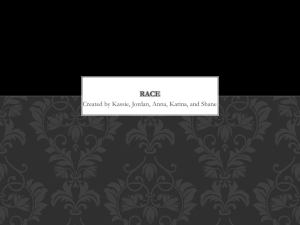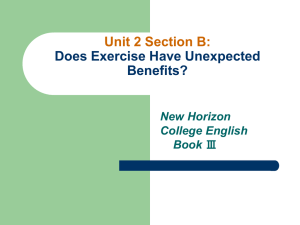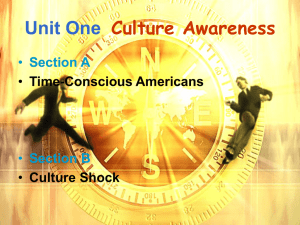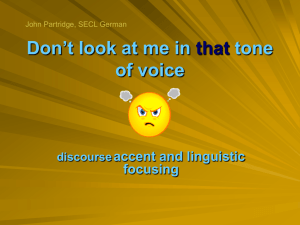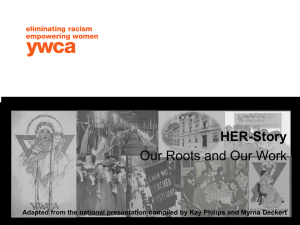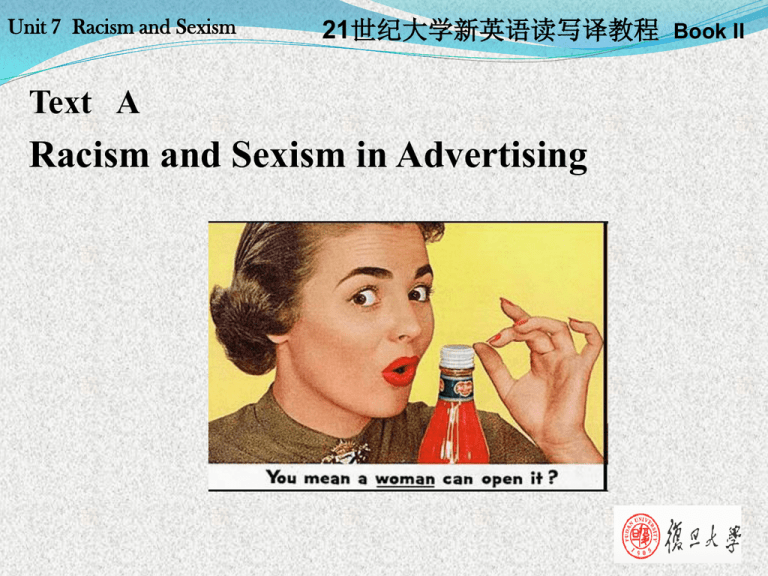
Unit 7 Racism and Sexism
21世纪大学新英语读写译教程 Book II
Text A
Racism and Sexism in Advertising
Part I Lead-in
A.
Describe and comment on the following
pictures.
B. Questions for Discussion
1. Do you think women have achieved genuine equality
with men in such fields as career, ideology and legal
rights?
2. Do you know any commercials projecting sexy
women’s images or housewives roles to sell products?
What kind of products are promoted in these ads?
3. Have you watched 喜羊羊与灰太狼? Do you feel
any sexist attitude in it?
Part II
A.
Background Information
About the author
Shafeeq Sadiq
The son of Pakistani immigrants, Shafeeq Sadiq was
born in 1977 in Stockton, California. He grew up in
Stockton, graduated from high school in nearby
Manteca, and obtained an A.A. degree from San
Joaquin Delta College in Stockton. This essay was
published in the 1997 Delta Winds, a collection of
student writing from San Joaquin Delta College.
B. Cultural notes
Geo Storm:
吉优车(日本五十铃汽车公司生产的一种汽车
品牌)
MCI:
(美国)世通公司 MCI, Inc. is an American
telecommunications subsidiary of Verizon
communications that is headquartered in
Ashburn, Virginia.
B. Cultural notes
Black Entertainment Television :
(美国) 黑人娱乐电视台 (commonly referred to by
its acronym BET) is an American cable network based
in Atlanta, Georgia, and targets young AfricanAmerican audiences in the United States. Robert L.
Johnson founded the network in 1980. Most
programming of the network comprises mainstream
rap and R&B music videos and urban-oriented movies
and series.
Part III
Writing Features
This essay provides striking evidence of how advertisers
send implicit messages that perpetuate racist and sexist
stereotypes. His essay is used in English courses across the
US as it has been reprinted in a college textbook, The
Compact Reader: Short Essays by Method and Theme by
Jane E. Aaron and published by Bedford/St. Martin’s
Press.
A model for student writing, Racism and Sexism in
Advertising shows us how to organize the essay into a
clearly defined introduction, body, and conclusion. The
body paragraphs contain very specific details and
transitional devices to add unity to the writing.
This text is typical of persuasive writing, which tries
to convince readers to believe what the author believes
about a certain issue. The text consists of 8 paragraphs,
with the first paragraph having a theses statement:
Television, magazines, and billboards no longer show
products, but rather show gimmicks in order to sell their
product. In general, these gimmicks seem to enforce
racial stereotypes and to view women in a negative way.
An introduction (Paragraph 1) is followed by 6 body
paragraphs, in which the author provides examples and
analyses to support his arguments. The last paragraph is
the conclusion with a clincher statement.
Parts
Paragraph (s)
Main Ideas
1
Minorities and women are constantly being
exploited in everyday advertisements.
2
Advertisements, though seemingly aimed
towards women, are actually exploiting
them en route to their actual target: men.
3
Beer companies have been notorious for
Exploiting women in their everyday
promotions.
4
4-6
Advertisements, though seemingly aimed
towards women, are actually exploiting
them en route to their actual target: men.
5
7
Racism and sexism must be dealt with.
1
2
3
Part IV
Difficult Sentences
1. (Line 1, Para 1)
It seems as if everywhere
you turn, someone is trying to be politically
correct.
It seems wherever you are, people are extremely
careful not to offend or upset any people in society
who have a disadvantage, or who have been treated
differently because of their sex, race, or disability.
2. (Line 2, Para 3) Watching a football game, you
can usually find an attractive young lady
being swept off her feet by a less than
attractive man after he opens the beer of his
choice.
When you watch a football game on TV, such
advertisement may pop out that shows an
attractive young lady feels strongly attracted to
an ordinary man after he opens the beer of a
particular brand.
3. (Line 1, Para 4)
Black Entertainment
Television frequently airs malt liquor
commercials directed at African-American
buyers.
Black Entertainment Television, which is an
American cable network targeting young
African-American audiences, often broadcasts
commercials about a type of beer with high
alcohol content to attract black buyers.
4. (Line 7, Para 5) This advertisement
insinuates that if these parts were made in an
Arab country, they would somehow be
inferior.
This advertisement suggests in an indirect way
that these parts are not made in an Arab country,
and the quality of parts made in Arab countries
is poor.
5. (Line 2, Para 6) To my recollection, there has
never been a major commercial involving an
Indian-American who didn’t speak with a
ridiculously exaggerated accent.
As far as I can remember, there has always been a
major commercial involving an Indian-American
who spoke with a ridiculously exaggerated accent.
Part V
Language Points
1.exploit: v. to use someone or something unfairly for
your own advantage(为获取利益而)利用
e.g.
.
Christmas has been exploited for commercial
reasons.
At the same time they also exploited the current
political situation for their own ends
2. racism: n. a way of behaving or thinking that
treats people belonging to some races unfairly 种
族主义
e.g.
The government has promised to continue
the fight against racism.
The company has been accused of racism
after firing three Algerian workers.
3. gimmick: n. a trick or something unusual that
you do to make people notice someone or something
(为吸引注意的) 花招,噱头,手法
e.g. advertising gimmicks
They give away free gifts with children’s meals
as a sales/marketing gimmick.
4. enforce v. 1) to make something happen or force
someone to do something 强制,迫使(某事发生或某
人做某事)
e.g.
It is unlikely that a record company would enforce
its views on an established artist.
All have failed so far to enforce that deadline.
2) to make people obey a rule or law 实
施,执行(法律、规章)
e.g.
Parking restrictions will be strictly enforced.
It isn’t always easy for the police to enforce speed
limits.
5. stereotype: n. a fixed idea that people have about
what someone or something is like, esp. an idea that is
wrong 定势观念,老套
e.g.
racist stereotypes in the media
The film is full of stereotypes: a stupid blonde and a
fat American tourist.
v.
to decide unfairly that a type of
person has particular qualities or abilities because they
belong to a particular race, sex, or social class 对…产生
成见,把…模式化
e.g.
Homeless people are stereotyped as alcoholics or
addicts.
6. routinely: adv. regularly or often 惯常地,例行
地
e.g. The staff routinely ignored my requests.
Health and safety rules are routinely ignored on
the building site.
7. fit in with: to be correct, suitable, or sensible
in relation to something else 和…相符,和…
一致,符合
e.g.
A new building must fit in with its
surroundings.
We must fit new buildings in with the styles
and scale of buildings that have been here
for two hundred years.
8. more often than not: on most occasions or in
most situations 往往,在大多数情况下
e.g.
More often than not, advertising is found to be
“larger than life” — it does not just “mirror”
the reality, but exaggerates twists or even
distorts it.
A TV ad, more often than not, is an
interruption and TV advertising is essentially
an uninvited guest.
9. notorious: adj.
famous for something bad
臭名昭著的,声名狼藉的
e.g.
one of Britain’s most notorious criminals
The company is notorious for paying its bills
late.
10. sweep off someone’s feet: to have a strong
effect on someone so that they quickly become
attracted to you使某人狂热(或激动),给某人
深刻的印象
e.g.
He brought me flowers on Mondays, and
really swept me off my feet.
Donald absolutely swept me off my feet.
11. be confined to: to exist in or affect only a
particular place or group 局限于,限制于
e.g. Thirty years ago, legalized gambling was
confined to a few states and was viewed by
most of society as a “recreational activity.”
A man who is confined to a wheelchair has
been able to use voice technology to carry out
chores around his house.
12. subdue: v. to prevent your emotions from
showing or being too strong 克制,抑制(情绪)
e.g.
an excitement she could not subdue
13. to my recollection: used when you are unsure if
you remember correctly 如果我没记错的话,就我
记忆所及
e.g.
Not one of them, to my recollection, gave a
second thought to the risks involved.
Pray for a girl, was all he said, to my
recollection.
14. accent: n. the way in which people in a
particular area, country or social group pronounce
words 口音,腔调
e.g. a slight American accent
He’s got a strong French accent.
15. descent:
n.
being related to a
particular person or group of people who lived in
the past 血统
e.g.
young men and women of Asian descent
They’re Irish by descent.
Part VI
Practice
A.Translation skills
1. This commercial would routinely air during sporting
events, when the majority of the viewers are male.
这种商业广告通常会在体育赛事期间播放,此时绝大
部分观众是男性。
在翻译此句时,要注意一些词的意义。air是动词,意思是“
(在广播或电视上)播发,播出”,events意思为“a
performance, sports competition, party etc at which people
gather together to watch or take part in something”,sporting
events译为“体育赛事”。
2. Or, if you are lucky, you can witness several young
women materialize on a desert island with the male
drinker after, of course, he opens his can of beer.
倘若有幸,你还可以亲眼目睹几个年轻女子与
一位男性饮酒者突然现身在一个热带无人居住
的小岛,当然是在他打开那听啤酒之后。
译文“Or, if you are lucky”译为“倘若有幸”,与
主句合并,这样译文显得较为简洁通顺。“a desert
island”是“a small tropical island that is far away
from other places and has no people living on it”
3. This advertisement insinuates that if these parts were
made in an Arab country, they would somehow be
inferior.
这则广告暗示如果这些零件是某个阿拉伯国家
制造的话,不知怎么的,质量总比较差。
原文中被动句“if these parts were made in an
Arab country”在译文中处理为“如果这些零件是
某个阿拉伯国家制造的话”,这样更符合汉语的
表达习惯。
4. The only winners in these types of ads are the
advertisers themselves, who make money when you
buy the product.
这些类型广告的唯一受益者就是广告商他们自
己,因为当你买了这产品,他们就有钱可赚。
根据原文的意义,我们把原文中的定语
从句“who make money when you buy the
product”处理为表示原因的从句。
B. Writing techniques
This unit talks about how to discuss the similarity
or differences between two things. This is a very
common writing task for college students. Students
need to know the difference between the 2 words:
compare means focusing on similarities, while
contrast means focusing on differences.
In the structure part, we have listed three points,
namely comparability, features, and order. The second
point requires students to find out what to compare, and
to make sure that the discussion should be complete:
they should not talk about a particular feature of Object
One but leave out the relevant information on this
feature of Object Two. The third point can be said to be
about how to compare. It is especially important to get
familiar with the patterns of development. For example,
suppose we decide to talk about three features of 2
objects as shown in the following table:
Object One
Object Two
Feature A
Feature A
Feature B
Feature B
Feature C
Feature C
In this case, we may have two possible outlines as shown below:
Outline for Block Comparison
I. Object One
A. Feature A
B. Feature B
C. Feature C
II. Object Two
A. Feature A
B. Feature B
C. Feature C
Outline for Alternate comparison
I. Feature A
A. Object One
B. Object Two
II. Feature B
A. Object One
B. Object Two
II. Feature C
A. Object One
B. Object Two
Besides the orders available, it is also important to
select the order for specific writing task. Students need
to be told that they cannot simply regard one as better
than the other, and that two guidelines may help them
in this aspect: use block comparison when not many
features are involved, and use alternate comparison
when many features are involved, or when the
paragraph tries to emphasize differences.
C. Assignment
1. Writing Practice: Write a paragraph on one of the
following topics.
1) Contrast two courses, one you like and the other you
dislike.
2) Compare / contrast two teachers.
3) Compare two cities (eg. your hometown and your
college town).
4) Compare /contrast two novels or movies.
2. Questions for Text B:
1) What does the title mean?
2) How many incidents are described in the essay?
The End

